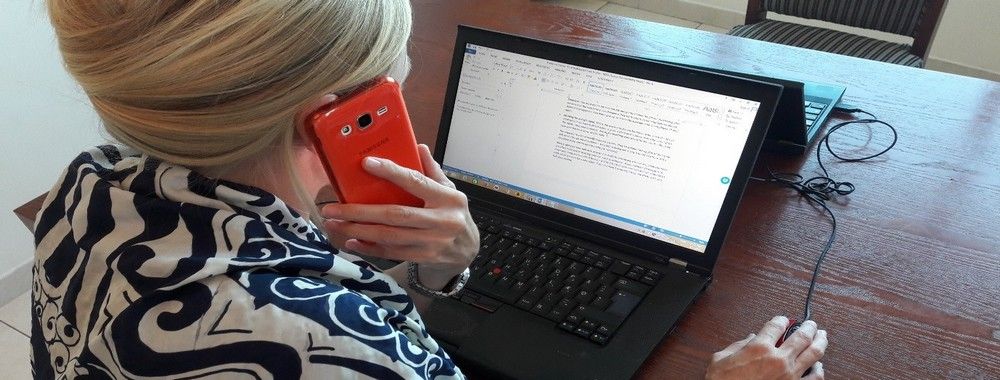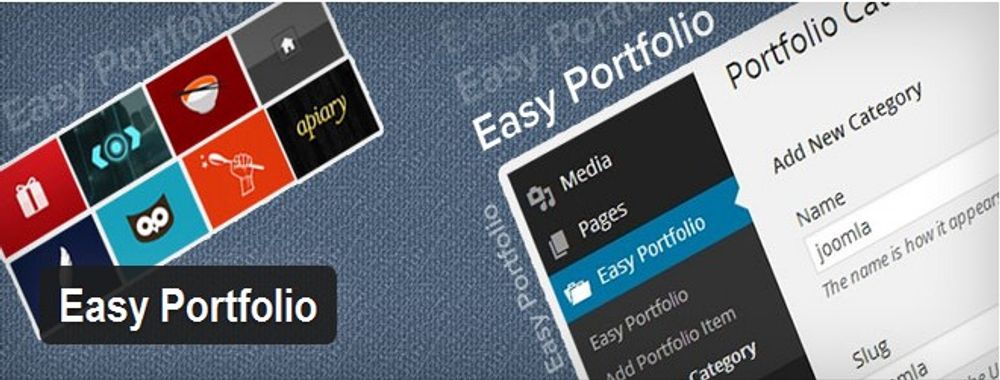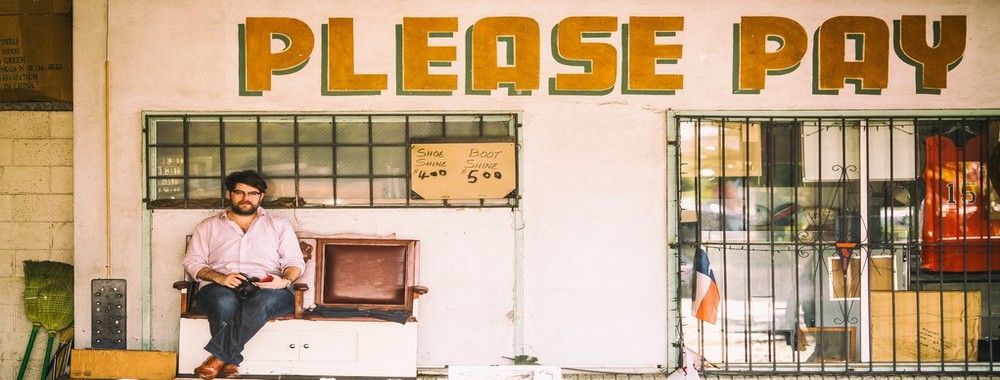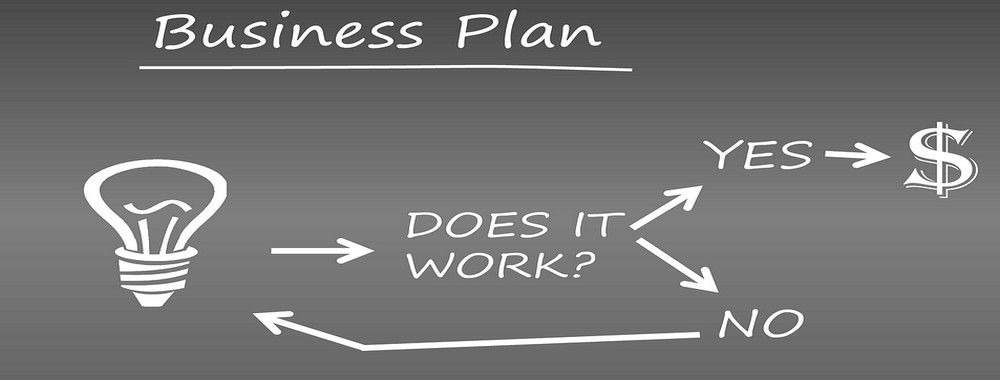Closing a sales call or asking for the business is nowhere near as hard as you may have been led to believe. In fact, it’s the easiest part of the sales process—and anyone can learn to close business over the phone, face-to-face or by e-mail in a matter of minutes. It doesn’t even require very much practice to learn the ultimate closing technique.
The last part of a sales call is the part that most people seem to struggle with at first. However, it’s actually the simplest part of all. It just requires a moment of honesty…
If you’re wondering what you need to close a sale—think about what William Clement Stone, the entrepreneur and author, has to say: “Sales are contingent upon the attitude of the salesman, not the attitude of the prospect.”
Should You Ask for the Order Directly or Indirectly?
There are a million ways to ask for an order, but the easiest is to be direct. “Would you like to place an order for this service/product?”
If you look online, you’ll see dozens of ways to hide this question in order to soften the blow of asking (supposedly).
For example, there’s the assumptive close: “So given that we’ve addressed your problems, you’ll want to place an order today. Where should I send the invoice and contract?”
Or, the alternative close: “That’s great, so we’re agreed that you need my service—when would you like to start? This week or next week?”
There are many, many other forms of close that you can find, too. The last time we checked, we found about 20 non-direct closes; there are probably a few more now.
There was a time when I used to hide behind these softer closes. I’d read an awful lot of sales literature that suggested these were better than a direct “Do you want this service?”
However, you should consider:
- Failing to ask directly for an order feels a little dishonest. If you’re sure that the client wants your service, then you can be pretty certain that they’ll say “yes” when you get to the close. Why dress it up?
- Customer satisfaction statistics in Neil Rackham’s SPIN Selling book show that sales that are closed directly lead to happier customers in the long term than sales closed using indirect and persuasive methods.
But… What If the Customer Says “No” or “Maybe”?
This isn’t the end of the world. It’s a chance to find out why the customer isn’t ready to commit to you and resolve their issues.
You may have to revisit the benefits of your offer or revisit the client’s problems and what they mean to their business—but none of that is particularly difficult.

Author/Copyright holder: Live Life Happy. Copyright terms and licence: CC BY-NC-SA 2.0
This is pretty good advice all told. But when someone says “no” when you ask for an order—it’s not personal; it’s an opportunity for you to do a better job in showing the value in your offer and understanding of their problem.
Set Up a New Meeting with the Decision Maker
In some cases, you may find that the person you’ve been speaking to doesn’t actually have the authority to make the purchase (this happens a lot) and that you have to connect with somebody else in the organization and go through your sales process again. However, the person you’ve been speaking to may be able to champion that meeting for you and provide influence to the decision maker (so you won’t have been wasting your time).
Dare to Revisit Your Offer to solve the Client’s Problems and Close the Sale
Why should you dare revisit the benefits of your offer and revisit the client’s problems and your value proposition just as you are about to close a sale? By addressing and overcoming the client’s reluctance directly, you’ll find them much more likely to trust you as you deliver the project for them. It also shows that you have confidence in how you can solve their specific problems by delivering a service which meets their needs. If you don’t deal with these things before the sale… they’re likely to haunt you all the way through the contract. This, in turn, leads to unhappy customers.
When you have overcome their reluctance, ask for the order again—and again. Don’t be pushy or aggressive, but do be firm about this.

Author/Copyright holder: Steven Depolo. Copyright terms and licence: CC BY 2.0
Keep your cool and talk through the offering again. Don’t be afraid to ask for a sale twice or three times – though don’t be an aggressive ass about this, either.
The “No Close Required” Situation!
Of course, in some situations, you won’t need to close at all. Plenty of sales meetings end with the client saying: “So, how do we get started?”
If you’ve done your job well and shown them the value in your offering and how it helps them solve real business problems, you may not need to ask for an order at all.
You’ll find that as you develop as a salesperson, this will happen more and more often.
The Take Away
There’s no better way to close a sales call than to ask for the order directly. If there are issues that are causing the customer concern, they’ll tell you about them at this stage, and you can address them.
It’s always best to close business in a way that promotes customer satisfaction from the outset. Other closing techniques can leave the client feeling bullied, pressured or cheated at a later stage – so try to avoid them where possible.
References & Where to Learn More
Hero Image: Author/Copyright holder: Rikke Friis Dam and the Interaction Design Foundation. Copyright terms and licence: CC BY-NC-ND.
Neil Rackham, SPIN Selling, 1996
Zig Ziglar, Secrets of Closing the Sale, 2004
Jeffrey Gitomer, Little Red Book of Selling: 12.5 Principles of Sales Greatness, 2004
Daniel H. Pink, To Sell Is Human: The Surprising Truth About Moving Others, 2013
Frank Bettger, How I Raised Myself From Failure to Success in Selling, 1992
Art Sobczak, Smart Calling: Eliminate the Fear, Failure, and Rejection from Cold Calling, 2010
Brian Tracy, The Psychology of Selling, 2006
Jeffrey Gitomer, The Sales Bible: The Ultimate Sales Resource, 2014
Oren Klaff, Pitch Anything: An Innovative Method for Presenting, Persuading, and Winning the Deal, 2011
Tom Hopkins, How to Master the Art of Selling, 2005











